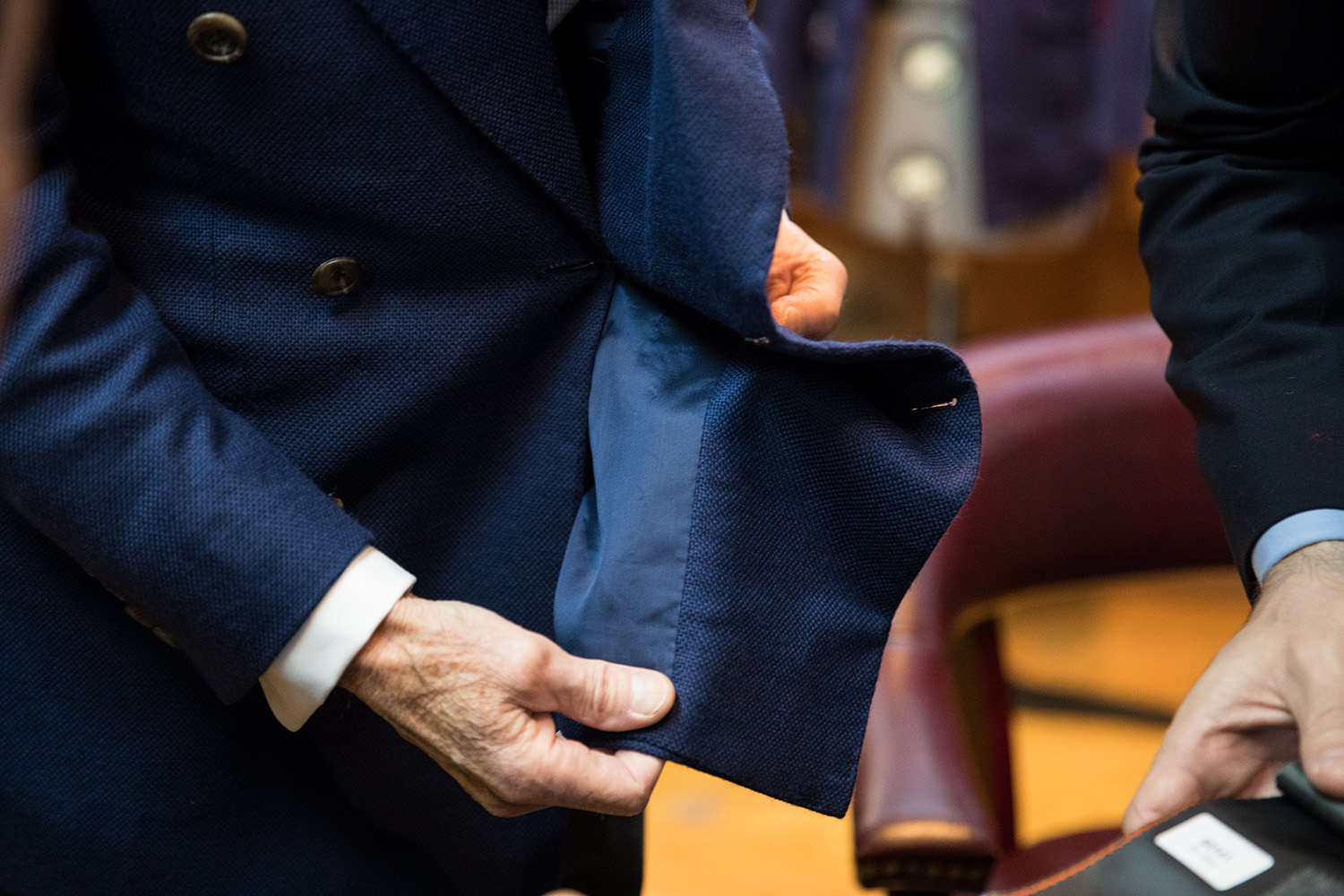Table of Contents
Fashion design is not merely about creating beautiful clothing; it is an intricate dance of creativity, problem-solving, and historical understanding. To truly think like a fashion designer, one must cultivate a mindset that embraces innovation, experimentation, and an appreciation for the rich tapestry of fashion history. This approach not only enhances one’s design skills but also fosters a deeper connection with the art of fashion itself.
Embrace Creative Problem-Solving
At the heart of fashion design lies creative problem-solving. Designers often face numerous challenges, from technical issues in garment construction to the need for fresh concepts in a saturated market. Embracing this mindset means viewing obstacles as opportunities for innovation.
For example, when confronted with a design that doesn’t translate well from sketch to fabric, a designer must explore alternative solutions. Perhaps the fabric choice is unsuitable, or the silhouette needs refinement. By approaching these challenges with an open mind, designers can pivot, explore different techniques, and even discover new styles that were previously unimagined. This dynamic problem-solving ability not only helps in creating a standout collection but also hones resilience—a vital trait in the ever-evolving fashion industry.
Collaboration often plays a crucial role in this process. Designers can gain fresh perspectives by working with other creative professionals, such as textile artists, graphic designers, or even marketers. This collaborative spirit encourages the flow of ideas, leading to innovative solutions that push the boundaries of traditional fashion design.
Develop a Unique Design Perspective
To truly make an impact in fashion, one must develop a unique design perspective. This distinctive viewpoint allows designers to stand out in a crowded marketplace and build a personal brand. It encompasses individual style, influences, and the narratives behind each collection.
Finding this perspective often involves introspection and exploration. What inspires you? Is it nature, culture, art, or personal experiences? By delving into these influences, designers can craft a narrative that is authentically theirs. This unique story can be expressed through the choice of colors, shapes, and textures, creating a cohesive collection that speaks to the designer’s identity.
Moreover, understanding the target audience is crucial. A designer’s vision should resonate with the consumers they aim to attract. This connection is often achieved through research, surveys, and feedback. By knowing what appeals to potential customers, designers can tailor their perspectives to meet market demands while maintaining their unique voice.
Study Fashion History and Trends
Knowledge of fashion history and trends is indispensable for any aspiring designer. The evolution of fashion offers invaluable lessons on what has succeeded and failed in the past. By studying historical movements—such as the elegance of the Victorian era or the boldness of the 1980s—designers can draw inspiration from iconic styles while incorporating contemporary elements.
Moreover, being aware of current trends is essential for staying relevant. Fashion is a constantly shifting landscape, and understanding what is trending can inform design decisions. However, it’s crucial to balance trend-following with personal vision. Rather than succumbing to fleeting fads, designers should interpret trends through their unique lens, ensuring that their creations remain timeless and true to their identity.
Engaging with fashion history also fosters a sense of context. Designers can learn how socio-political movements, technological advancements, and cultural shifts have influenced fashion trends throughout time. This knowledge enriches their design perspective, allowing them to create pieces that are not only aesthetically pleasing but also culturally significant.
Experiment with Materials and Techniques
The world of fashion is a playground for creativity, and one of the most exciting aspects of design is the opportunity to experiment with materials and techniques. This exploration can lead to groundbreaking designs that redefine conventional boundaries.
When beginning a new collection, it’s beneficial to approach material selection with an open mind. While traditional fabrics like cotton, silk, and wool have their place, delving into unconventional materials can yield surprising results. Consider incorporating sustainable options, such as recycled textiles or innovative fabrics like vegan leather. These choices not only differentiate a designer’s work but also resonate with the growing consumer demand for eco-friendly fashion.
Techniques are equally important. A designer might explore draping, pattern-making, or digital design technology to create unique silhouettes. Experimentation encourages innovation—perhaps a fabric that is typically stiff could be manipulated through various treatments to achieve a soft, flowing look.
Additionally, workshops and courses can offer valuable hands-on experience in new techniques, pushing designers to expand their skill sets. Learning from experienced craftsmen or collaborating with artisans can also introduce fresh approaches that enhance the designer’s repertoire.
Conclusion
Thinking like a fashion designer requires a multifaceted approach that encompasses creative problem-solving, a distinctive design perspective, an understanding of fashion history, and a willingness to experiment. By embracing these principles, aspiring designers can cultivate a mindset that fosters innovation and creativity, ultimately leading to exceptional and memorable designs. In a world where fashion continually evolves, this way of thinking ensures that one can not only keep up with trends but also set them, making a lasting impact on the industry.


More Stories
Fashion Designer Trends Shaping the Industry
Exclusive Interview with a Revolutionary Fashion Designer
Becoming a Fashion Designer: What It Takes